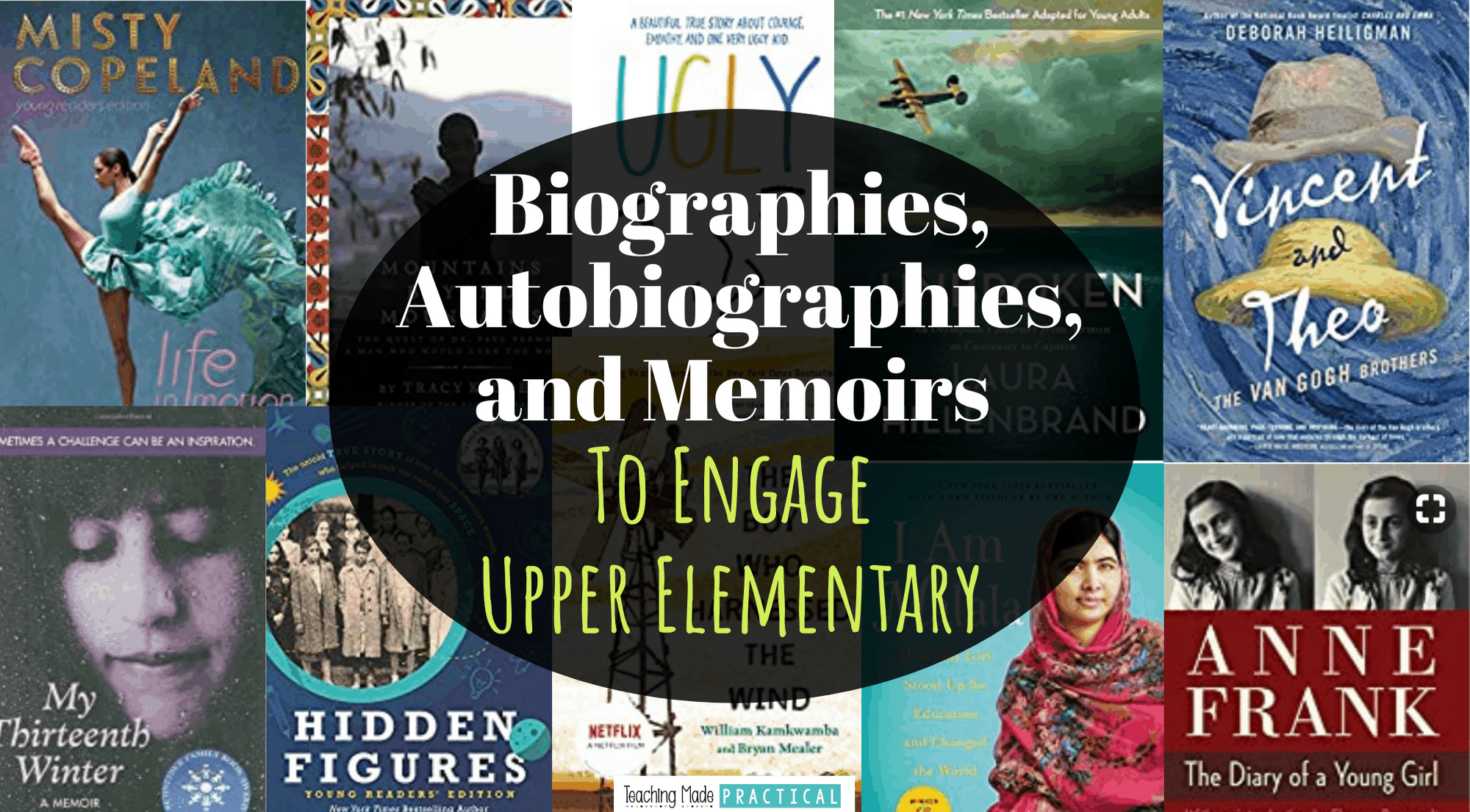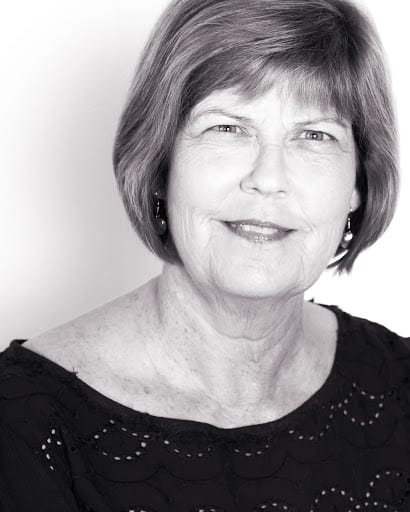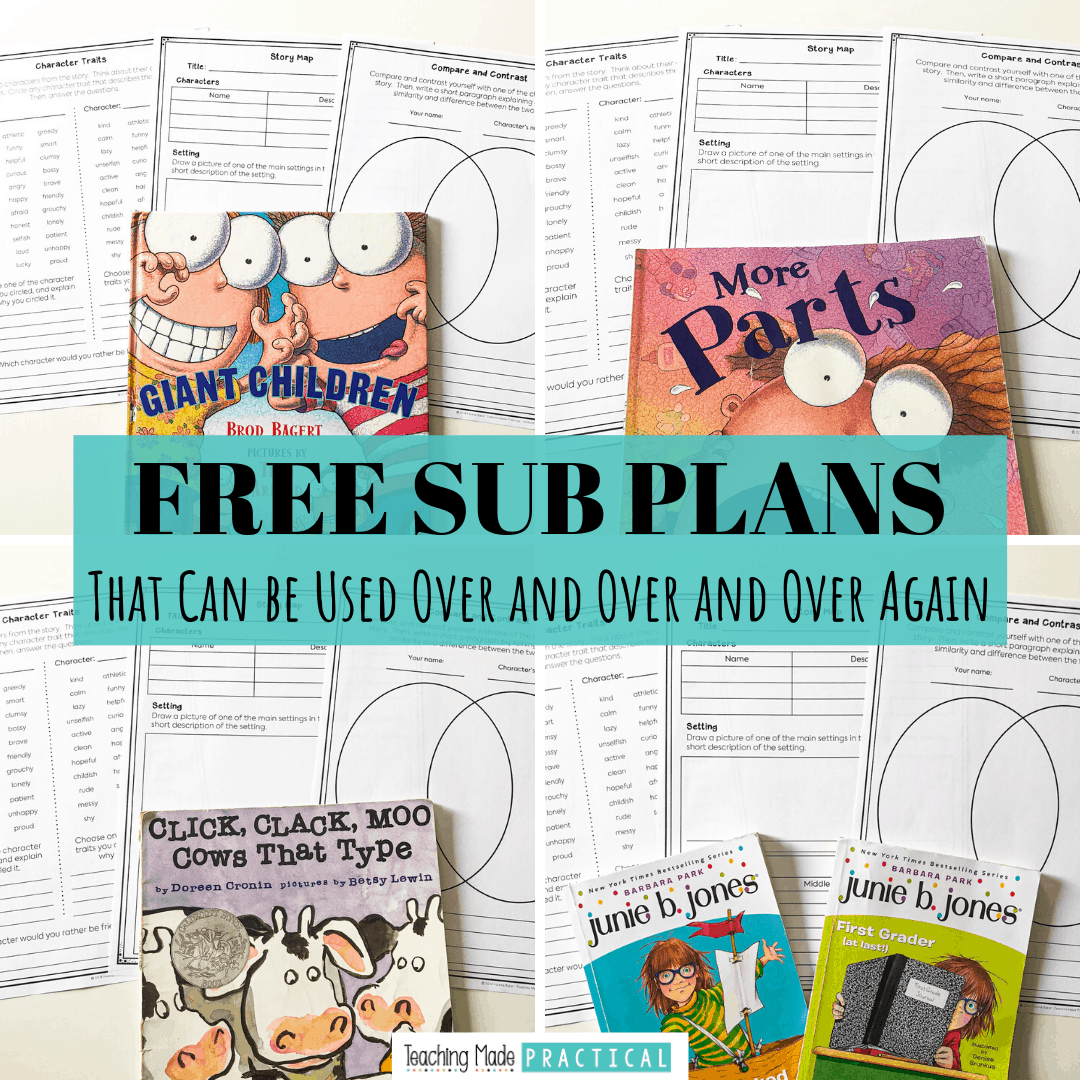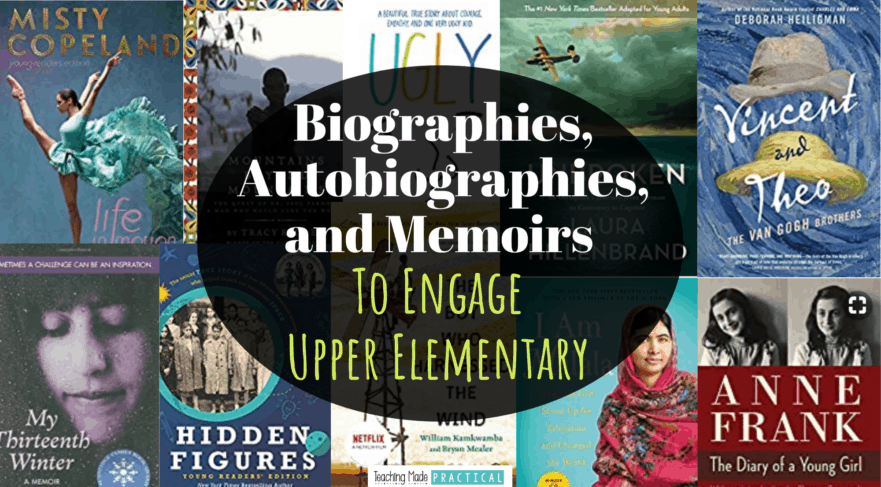
3rd, 4th, and 5th grade students don't often automatically grab biographies and autobiographies off the classroom library shelf. But the inspiring biographies below will have your upper elementary students begging for more!
Written by guest blogger Cindy Koopmans
In my classroom I’ve often found that biographies, autobiographies, and memoirs are a bit of a hard sell. Besides selecting only the best nonfiction books for my classroom shelves to begin with, this is how I’ve made it work...
Tips for Encouraging Students to Read Biographies, Autobiographies, and Memoirs
When students are looking for a new book to read, I go to the shelves and hand pick a stack of books for them to peruse. I’ll start the process by asking them what they’ve read lately and what they liked about those books. This strategy works because it is built on choice and trust. I’m enthusiastic about books and I never force a book on a kid. They get to choose what to read.
It’s also a solid strategy because it gets my students reading the “right” book faster. Full disclosure, I first learned it from the The Book Whisperer and then made it my own with some tweaking. Donalyn Miller has some great strategies to get kids reading. You can check her out here. Having explained that part of my strategy, you’ll understand how easy it is to slip a really great biography, autobiography or memoir into that stack of books. It is exciting to me when I see a kid venture out of their “preferred” genre and introduce them to the often mind blowing experience of reading the true stories of some pretty amazing people.
And when that happens, the conversation I have with one of my lovies goes something like this: “Mrs. K. This really happened? This story is like, for real?”
Me, “Yup.”
This is the truth: no matter who we are or how old we are, we are always looking for someone to light the way forward on this dark road called life.
Even the most jaded of students have the propensity to be inspired by the stories of people who have survived and thrived.
And that’s why it is so critical to give our students the gift of great nonfiction and allow them a glimpse into other people’s worlds. When we see how other people navigate the not insubstantial bumps in their personal roads it gives us hope.
So here you will find a nicely balanced list of great nonfiction books that are tried and true winners for upper elementary students. There is great variety in this role call. I’ve included books written about or by creatives, trailblazers, and a few so-called “ordinary” people, who when called upon by fate, did not back down. They met the challenges they faced head on and triumphed.
These people found themselves in extraordinarily difficult and, in some cases, harrowing life situations. The stories are unique, multi-faceted and...well...true!
As an added bonus, you can trust that these nonfiction books are incredibly well-written.
Sometimes, just to hook some of my more reluctant student readers, I take a minute out of our precious instructional time. I’m not doing anything too fancy, I simply introduce a new book and read the first page or two enthusiastically.
If I’m with a particularly apathetic class I’ve been known to climb up on a chair and use lots of over the top hand gestures. Hey! Whatever it takes, right?
Anyway, I’m never sorry about taking the time because there is absolutely nothing more exciting than hearing numerous kids blurt out an enthusiastic, “I want to read that one!”
What just happened here? A waiting list? Awesome.
These are good books. Many of these books are showing the wear and tear of being well-loved in my fifth grade classroom. Others have gotten a thorough vetting before they made this list and are now on an Amazon wish list until I get two nickels to rub together. You and your students will find them to be deeply satisfying reads. Get ready for a cupcake shop moment, because you are not going to know which one to pick!
12 Biographies, Autobiographies, and Memoirs for 3rd, 4th, and 5th Grade Students
Anne Frank: The Diary of a Young Girl by Anne Frank, B.M. Mooyaart (Translator), Eleanor Roosevelt (Introduction)
by Anne Frank, B.M. Mooyaart (Translator), Eleanor Roosevelt (Introduction)
It is July 6, 1942, the setting is Amsterdam, and Anne Frank has just received a diary for her birthday. The rest is history.
Every year I have at least one student who loves Laurie Halse Anderson's historical fiction books. If you have students like that in your class, then Anne Frank will absolutely blow their minds. Introduce them to this classic read, then share the link to the full length movie.
Some books introduced to students are gifts that they will remember the rest of their lives. Be that teacher that gives that gift. Here I just want to say thank you to Mrs. Barclay. I still have my original copy.
Unbroken: An Olympian's Journey from Airman to Castaway to Captive by Laura Hillenbrand
by Laura Hillenbrand
This book begins with an excruciating description of three men who are floating on a raft in the middle of the Pacific Ocean. Suffice it to say that sharks are predominant in the narrative of the first chapter. Fifth grade boys? Gotcha. Add to the sharks stuff the fact that the main character, Louis Zabarelli, is a former Olympian and you just set the hook.
This recommendation of the young adult adaptation of Louis Zabarelli’s story, but that shouldn’t be a cause for hesitation. This book graces the shelf of my classroom library, but it isn’t on the shelf very often. That and it’s worn condition testifies that Louis Zabarelli’s story does hold appeal for upper elementary aged students. I’ve included the movie trailer for you in case you want more evidence.
Hidden Figures by Margot Lee Shetterly
by Margot Lee Shetterly
Computers. Math. Space. This biography hits all the right buttons for science-oriented students. Hidden Figures documents the story of three unsung heroes, AKA “the brains,” behind some pretty incredible events at NASA. Katherine G. Johnson, Dorothy Vaughan and Mary Jackson were computers before there were computers.
This is another worn book in my classroom library. In fact, I have three copies because it has been that popular.
You can find some extra resources here if you’re that smart teacher that seeks to intertwine some science lessons into your literature. If you haven’t seen the movie that was released a few years ago, you can watch the trailer here.
Save time and stress this school year with these Nonfiction Reading Response Activities that can be used over and over throughout the school year with ANY nonfiction text.
3rd, 4th, and 5th grade students will respond through reading, writing, poetry, speaking, listening, drawing, interviewing, and more. This is a must have for any upper elementary teacher that does not want to have to constantly recreate the wheel.
The Boy Who Harnessed the Wind by William Kamkwamba
by William Kamkwamba
The Boy Who Harnessed the Wind is the story of William Kamkwamba’s tiny village in Malawi and how he did a deep dive into a search for a solution to a very big problem facing his village. Ingenuity and persistence are life lessons that children of this generation need to hear more about and this biography provides those lessons.
You may want to watch the movie on Netflix, but don’t tell your students it is there until after they read the book. (And you could use some of these questions and activity ideas for comparing movies to books.) Another recommendation from my classroom shelves.
I Am Malala by Malala Yousafzai with Patricia McCormick
by Malala Yousafzai with Patricia McCormick
Look up the word inspiring in the dictionary and you may find Malala Yousafzai’s picture there. Malala Yousafzai is internationally famous because she and her family stood up to the Taliban’s edict that girls were not allowed to receive an education. Malala’s father taught her not to back down from what she believed in, even though she knew she was in danger, Malala continued to attend school. As a result, Malala almost lost her life when she was shot riding the bus home from school.
Here’s a short video about how Malala, the youngest ever winner of the Nobel Peace Prize at the age of 17, continues her mission to make a difference in the lives of young women around the world.
A biography of Malala also made this list of books about overcoming obstacles.
Ugly by Robert Hoge
by Robert Hoge
Do we have a choice in what we allow to define us? Robert Hoge’s memoir answers this question with a resounding, “Yes!”
Bullied and misunderstood because of a facial tumor and other disabilities he was born with, Robert Hoge teaches us how to live wholeheartedly and fearlessly despite how we might be judged and treated by the world. This is the very best kind of story, honestly and simply told by the person who lived through it all.
Robert was born with disfigurements that made him a baby only a mother could love, except his own mother didn’t want him and still, he made it. I know I have students who need to hear his story and I’m sure you do too.
Mountains Beyond Mountains by Tracey Kidder
by Tracey Kidder
I was beyond excited when I learned that Tracey Kidder’s book about Dr. Paul Farmer and his work with Partners in Health had been adapted for young readers.
Tracey Kidder shadows Dr. Paul Farmer whose mission is to provide quality healthcare to the most economically disadvantaged people in the world’s most impoverished populations. Dr. Farmer’s father exemplified altruism and expected his children to participate in his passion.
Even though the family didn’t have money, Dr. Farmer made a decision to attend college and pursue medicine. It was a high school guidance counselor that helped him take the first steps.
This is a book that I challenge students to read, because it’s...well...challenging! But a student who choses to tackle it has not been disappointed.
My Thirteenth Winter by Samantha Abel
by Samantha Abel
Samantha Abel was a straight A student with a secret. She couldn’t remember her locker combination or tell time. The disconnect caused her to suffer from anxiety attacks. In her thirteenth winter, Samantha found the strength and the courage to confront her problems. Consequently, Samantha learned that she had a learning disability called dyscalculia. Once the disability is discovered and addressed, Samantha’s life begins to change.
One reason My Thirteenth Winter made this list is because it puts the spotlight on something that children often misunderstand: having a learning disability doesn’t mean a person isn’t smart.
As teachers know, learning disabilities are a discrepancy between intelligence and academic struggle. It is in that often agonizing struggle that a learning disability is forced to the surface. We know what they are, but we don’t really know what causes them.
A Long Walk to Water by Linda Sue Park
by Linda Sue Park
The last few years we’ve read A Long Walk to Water together in my classes. A couple years ago, I was able to purchase several classroom sets through a grant from Donors Choose. So I’ve been blowing kids' minds with this book for several years now.
Linda Sue Park lays out the story in two distinct sections, intermingling fiction and nonfiction. The book tells the story from the point of view of a young girl, Nya, as she walks all day long to procure water for her family’s needs: hence the title. But it is Salva’s point of view story that is truly central to the book. Salva is one of the “Lost Boys” of Sudan who is walking to escape the violence and constant threat of being conscripted into the Sudanese army. Spoiler...the two stories come together at the end of the book.
I spend a lot of time convincing those kiddos who read ahead not to give away the ending and wreck the book for their classmates. This link will take you to a short video about Salva.
Life in Motion: An Unlikely Ballerina by Misty Copeland
by Misty Copeland
Misty Copeland is the first African-American principal dancer in American Ballet Theatre history. Adapted for young readers, the adult version of this book made the New York Times best-seller list. This is another excellent autobiography I’ve had to purchase in multiples because it is in demand with my girls.
Misty Copeland’s grit and determination, added to her passion, led her to a successful career in dance. It all began so simply.
She writes, “My family didn't have very much money, so ballet wasn't even on my radar; I just found it randomly when I was 13 at a Boys & Girls Club. We were practicing on a basketball court in gym clothes with some old socks on. Even though it terrified me at first, I found that I really liked it.” Find something you love and pursue it with all your heart. Yes.
Check out these other inspirational biographies of African-Americans.
Lion: A Long Way Home by Saroo Brierley
by Saroo Brierley
An incredible true story that just proves the point that life is often stranger than anything anyone could make up in a million years.
Lion begins with Saroo describing his adoptive parents and his struggle learning English. Saroo has been adopted and is living in Australia, but his mother and siblings are still alive and living in India. No, his mother didn’t give him up and no, he wasn’t kidnapped. As far-fetched as it sounds, Saroo was only four years old, riding on a train with his older brother, and became hopelessly lost, ending up 1,000 miles away in Calcutta, a sprawling city of over 14 million people.
His book chronicles his struggle to remember where he came from and to reconnect with his family, which he does when he is 25 years old. You can watch a trailer for the Hollywood Version here.
Vincent and Theo: The Van Gogh Brothers by Deborah Heiligman
by Deborah Heiligman
Vincent and Theo: The Van Gogh Brothers is the perfect biography for a budding artist. Vincent Van Gogh’s story is not unlike his art—full of dramatic whorls and rich with color.
Vincent’s younger brother Theo is the pragmatist in the relationship, but still an art lover—he works as an art dealer, which on the face of it could be immensely helpful for Vincent. But Vincent’s artistic style, that of the Impressionist school, is simply not in fashion and Theo can’t change that fact.
Despite their personality differences and all the drama Vincent brings to the relationship these brothers remain loyal to the core. This is a beautiful and touching story of brotherly love and devotion.
You’ll find it special as a direct result of Deborah Heilgman’s efforts to get the details right: she carefully gleaned information from more than 600 letters Vincent wrote to his brother Theo over his lifetime.
Deborah Heiligman is the award winning author of Charles and Emma and many other books for children and young adults.

Never Stress Over Sub Plans Again!

Make copies, find a fiction book, and you'll be ready for any emergency that comes your way!














